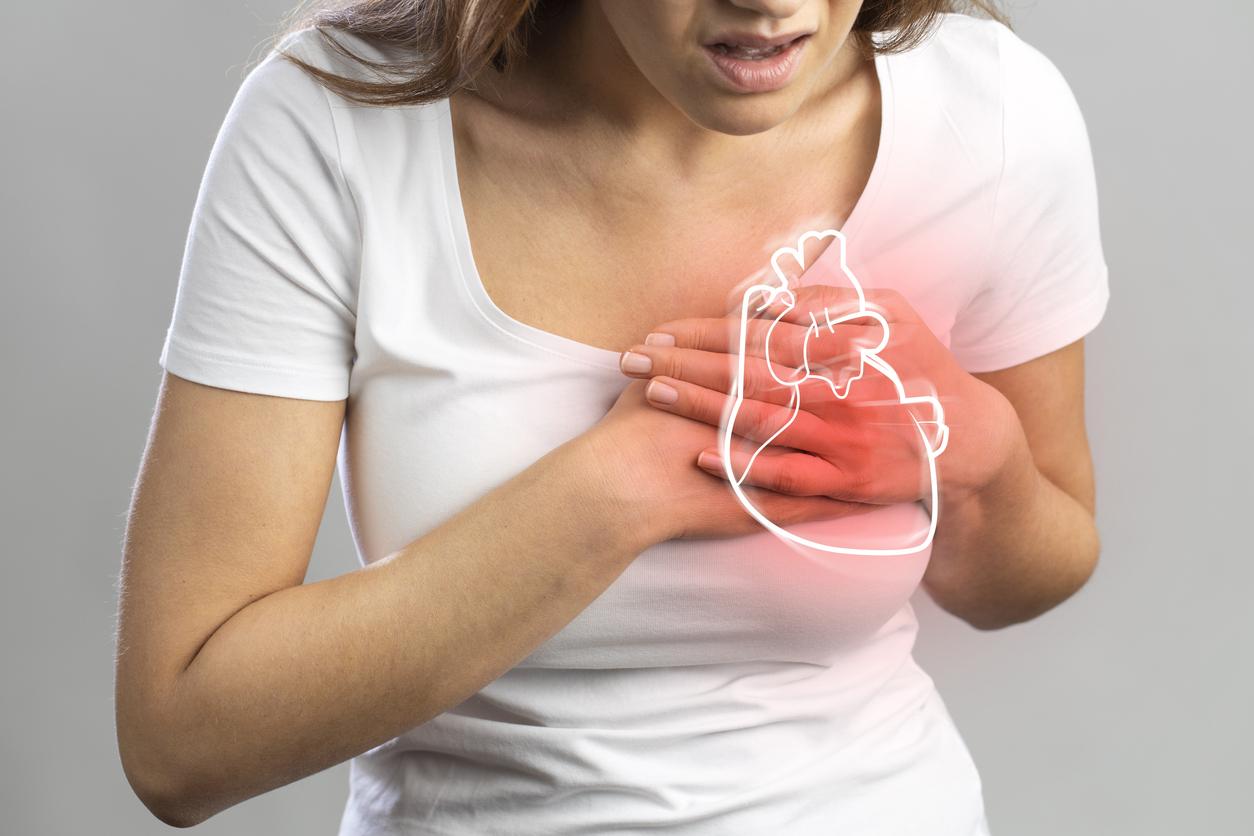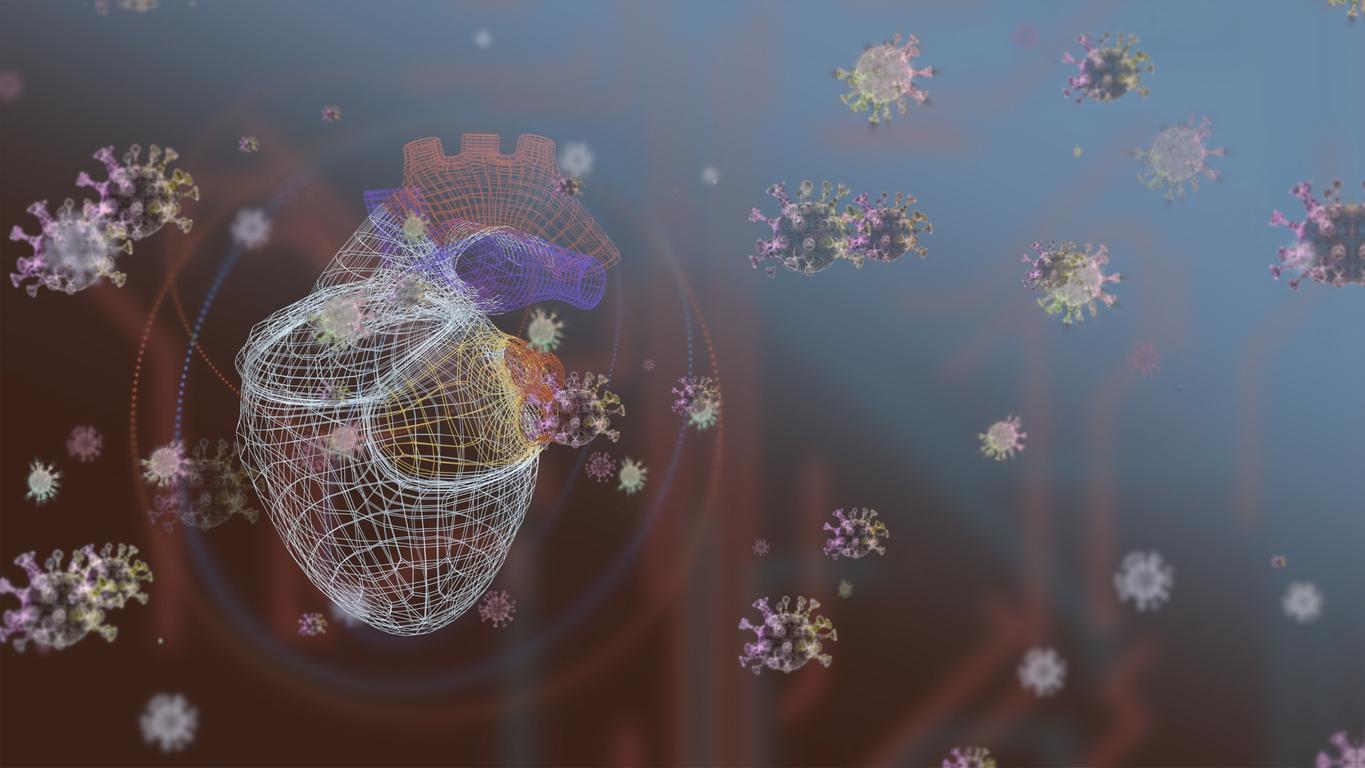40% of deaths attributed to cardiac arrest were neither sudden nor unexpected, according to a new study published in the journal Circulation.

In a study Looking at 20,440 deaths that occurred in San Francisco, researchers identified 912 cases in which the person died of cardiac arrest (out of hospital). Of the 541 of them (59%) who met the criteria for sudden death defined by the WHO, 525 were autopsied.
40% of deaths attributed to cardiac arrest were neither sudden nor unexpected
Of the 525 autopsied bodies, 301 (57%) had no history of heart disease. The main causes of death were coronary heart disease (32%), overdose (13.5%), cardiomyopathy (10%), cardiac hypertrophy (8%) and neurological disease (5.5%).
“40% of deaths attributed to cardiac arrest were neither sudden nor unexpected, and nearly half of presumed sudden deaths were not arrhythmic (irregular heartbeat, Editor’s note),” the researchers conclude.
Presumption
In the absence of an autopsy, “sudden cardiac death is essentially classified as such based on a presumption of cardiac cause,” explains lead study author Zian H. Tseng. Following this research, “however, we have observed a decrease in the prevalence of coronary heart disease and an increase in the prevalence of causes that do not involve a reduction in blood flow to the heart,” he continues.
By identifying more precisely the causes of death of this cohort, the team hopes to be able to better prevent cases of sudden death.
60,000 cases
According to the WHO, “sudden death is the natural death of an individual for whom the time between the 1st alarming symptom and death is less than 24 hours, without any symptoms of illness or with symptoms of acute illness or chronic which did not result in confinement in bed “.
Epidemiological data remain very imprecise, but sudden death in adults is a major scourge in France. Its incidence is estimated at 1/1000 inhabitants per year, which represents approximately 60,000 cases. There is a peak in frequency between 45 and 75 years old. It occurs 3 to 4 times more often in men than in women.

.














